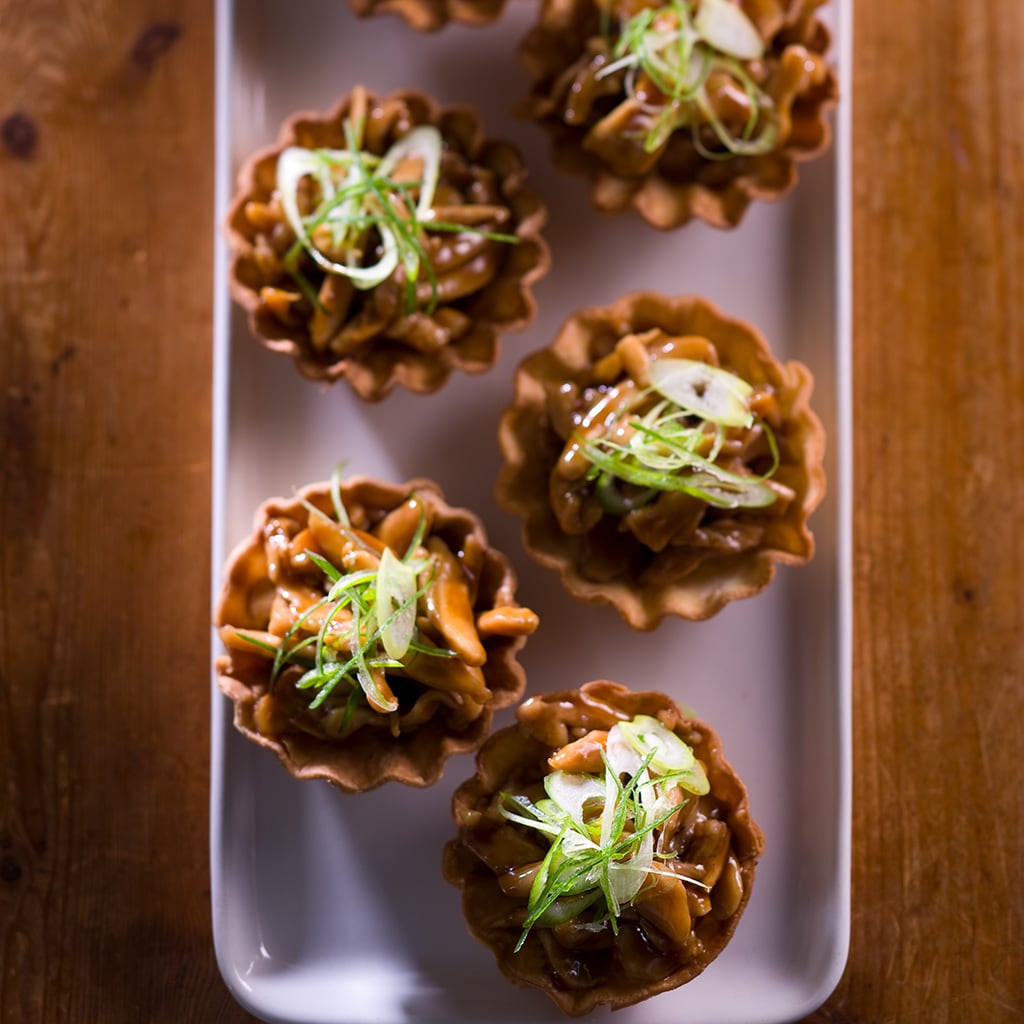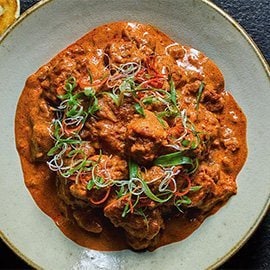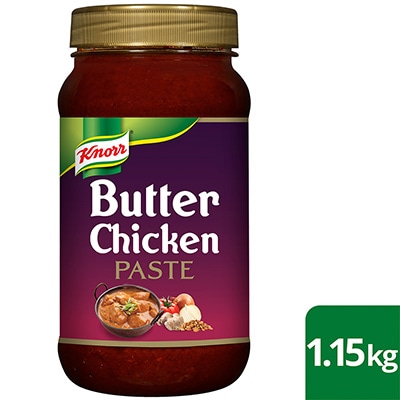Posted on Thursday, 6th May, 2021
The casual dining scene in Australia and New Zealand has truly become a mix of different cultural influences and cooking techniques from around the world. Chefs continue to experiment and utilise these influences to create exciting menus that reflect hints of the broader culinary diversity in the community.
In this edition of Trends on Plate, we’ll take a global tour to find the flavours that are gathering momentum and give chefs a range of new ideas to consider for their menus.

Key takeouts
- Localised recipes and cooking deepen our understanding of a country’s cuisine.
- Chinese and Italian are examples of well-known cuisines that are much more complex under the surface.
- Focusing dishes on hyper-regional characteristics can offer diners exciting new options.
Once upon a time, the catch-all country name was all we needed to describe a particular cuisine. In reality, we all know flavours and cooking methods are more nuanced than that.
The rise of regional labels has been happening for some time, but we are now seeing hyper regional meals infiltrate menus. Typically, these are complex dishes featuring exotic ingredients that reflect particular geographies, ethnicities and traditions.
Among the greatest misnomers would have to be Chinese cuisine. In a country of more than a billion people spread across nearly 10m square kilometres and with a range of cultural, religious and geographic influences, it’s not surprising hyper-regional cuisines are surfacing.
Locally, we’ve long associated Chinese food with the Cantonese style, taking in the likes of yum cha, dumplings and stir-fried vegetables. But Chinese restaurants are now proudly differentiating their offers with more focused styles.
For example, the Sichuan regional cuisine is based on bold flavours, notable for the liberal use of ginger, sesame, garlic and peppers. Spice World in Sydney’s Haymarket is well known for its Sichuan-style hot pots, broths and wagyu beef dishes, and is one of many restaurants across Australia and New Zealand that offers a focused, regional style of cooking.
But beyond the eight great cuisines of China lies a host of hyper-regional cuisines. These are typically influenced by the characteristics of local agriculture, minority ethnicity or religion. Today, diners in Melbourne, Sydney, Auckland and beyond are increasingly likely to find cuisine from previously unknown regions such as Hunan, Xinjiang, and Shandong, among others.
Italy is another country with a diverse geography and climate giving rise to regional and hyper-regional cuisines. From the north to the south, the flavours and ingredients of Italian cuisine vary wildly.
For example, Venetian-style in the north leans heavily on seafood drawn from the Adriatic Sea, while the climate is ripe for growing beans, peas and other vegetables that feature heavily in the dishes of this subtropical region. Then there is the central mountainous region of Abruzzo, home to a cuisine based on local spices, cured meats and eggs.
The southern-most part of Italy, the Mediterranean island of Sicily, is famous for its durum wheat pastas, often accompanied by swordfish and tuna from the surrounding waters.

Key takeouts
- Diners are always looking for the next new dining experience.
- There are many more Asian cuisines with distinctive profiles starting to gain traction.
- The combination of local ingredients and authentic recipes is proving a hit.

Diners across Australia and New Zealand have always had a soft spot for the flavours of our near-northern neighbours.
In fact, Uber Eats reports that Asian foods dominated its 2020 list of our favourite cuisines, with Chinese, Thai, Japanese, Indian and Vietnamese all in the top 10 most popular food types.
What those numbers don’t necessarily reveal is the desire of diners to continue exploring the region through some of the lesser-known cuisines.
For example, the ancient Persian flavours of Iranian cooking offer something fresh and different for our local palates. Spicy stews, intriguing breads and fruit-based dishes using prunes, dates, currents and pomegranates are the bedrock of the Iranian cuisine and are being increasingly enjoyed by diners as new cafés and restaurants open across our region.
Popular Persian restaurant Farsi in Ryde serves a range of khoresh stews including its morghe nardoon, a chicken dish simmered in pomegranate and palm juice and topped with pomegranate seeds and walnuts, and a southern Iranian shirazi salad that includes tomato, cucumber and onion with olive oil and lemon juice.
Traditional Khmer cooking is growing in prominence. Native of Cambodia, the cuisine is the product of a country that has endured a tragic political history, which has likely contributed to its measured emergence. Street barbecue culture is a significant part of Khmer cooking but, as a counterpoint, the country’s cuisine is vegan and vegetarian-friendly in large parts, due to the predominant Buddhist religion.
Being a tropical country, fruit is abundant in Cambodia and is used widely in desserts and salads. Seafood and fermented fish sauces are a cornerstone of the cuisine.
Khmer dishes work brilliantly in Australia and New Zealand given our rich access to fresh produce. Modern Cambodian restaurant Amok, located in the Melbourne suburb of Windsor, relies heavily on local ingredients including Tasmanian Salmon to replicate traditional Khmer dishes.
Christchurch restaurant Khmer Angkor recently franked the popularity of Cambodian cuisine in New Zealand by taking out the Most Outstanding Ethnic Restaurant of the Year 2020 award for its region. The venue’s dishes are heavy on traditional Khmer flavours such as ginger, pepper, lemongrass and chilli lime, many of which are homegrown by the restaurant’s owners.

Key takeouts
- African flavours are heavily spice-driven.
- Exotic cuisines allow our palates to travel without a passport.
- Diners are open to complex spice combinations.

New world flavours are growing in popularity, likely due to our inability to travel and sample them in their countries of origin.
Pungent spice blends, such as dukkah and berbere, are breaking through, as much for their versatility as their complex and delicious taste.
Dukkah is a popular north African mix of coriander, sesame seeds, cumin and nuts used as a seasoning or a dipping sauce when combined with olive oil.
From western Africa comes la Kama, a curry-like blend of spices used to flavour soups, stews and tagines. It includes cinnamon, nutmeg, cumin, ginger, turmeric and peppercorns.
Berbere is native of eastern Africa and is a potent blend of chilli and spices including ginger, cardamom, garlic and nutmeg.
Collingwood café Savanna spices its goat dish with onion, garlic, chilli and berbere, while a range of simple vegetarian dishes feature blends of turmeric, ginger, garlic and basil. Meanwhile, dukkah seems continues to rise in popularity with The Coffee Club offering many breakfast favourites topped with the north African spice mix, including its smashed avo and its corn and zucchini fritters.

Key takeouts
- Diners are embracing intriguing cuisine combinations.
- The continued rise of fusion cuisine reflects our multicultural profile.
- Fusion cuisine is limited only by a chef’s imagination.
Once the sole domain of fancy restaurants, more and more venues are confidently offering cross-cultural fusions in an effort to keep things fresh and introduce their customers to genre-breaking dishes. And it seems diners can’t get enough of it.
Auckland café The Kimchi Project melds traditional Korean ingredients with a range of western influences to come up some truly intriguing offerings, including its kimchi bacon cream pasta, barbecue pork bun with chips and green salad, and a soft-shell crab bun with pickles, chipotle, salsa and preserved lemon.
Bai Long Store in central Adelaide combines Vietnamese with Chinese and a hint of Korean for a tasty Asian fusion. Diners will find a menu containing wagyu beef dumplings, salt and pepper tofu featuring Sichuan pepper and a shiitake tapenade, and crackle pork with kimchi, pickled onion and a hoisin sauce.
Related Articles
Top recipes
-
Honey Soy Chipotle Pork Belly -
Mini Honey Soy Chicken Baskets -
Honey Soy Koftas -
BBQ Beef Roll, Asian Salad, Garlic Mayo -
Whole Baked Chinese Lemon Curry Snapper -
Thai Green Chicken Cigars -
Red Curry Banh Mi -
Hot Dog Bao with Green Curry Sauce -
Teriyaki Lamb Cutlets -
Fried Salmon Steak Sandwich with Teriyaki Mayo -
Porky Teriyaki Pizza -
Japanese Chicken Schnitzel -
Butter Chicken -
Vietnamese Prawn Crepes
Related Products
Log in or Create an account to access:
- Get access to this content
- Discover the latest culinary trends
- Explore and save your favourite recipes
- Watch free video training courses for chefs


























